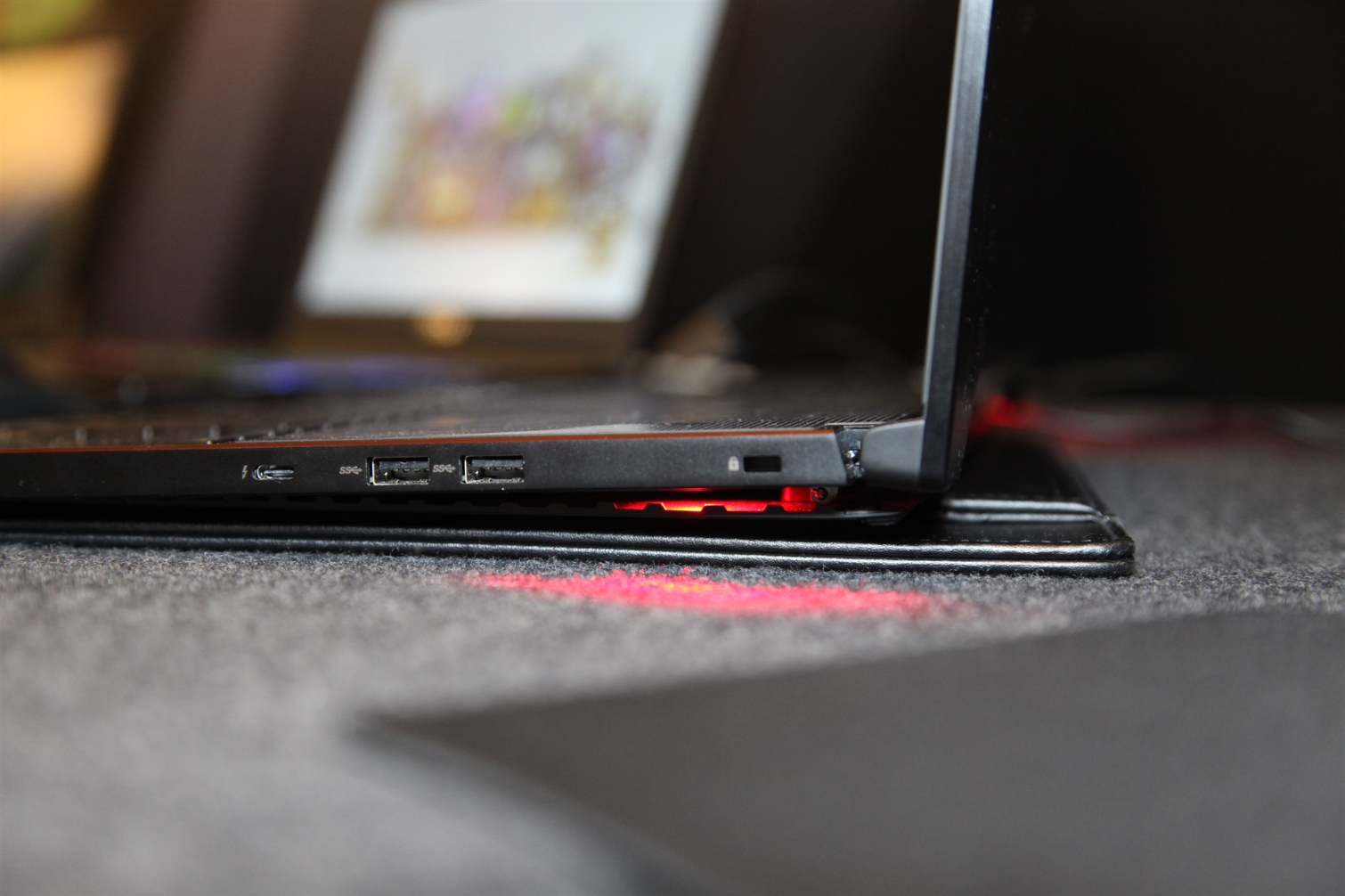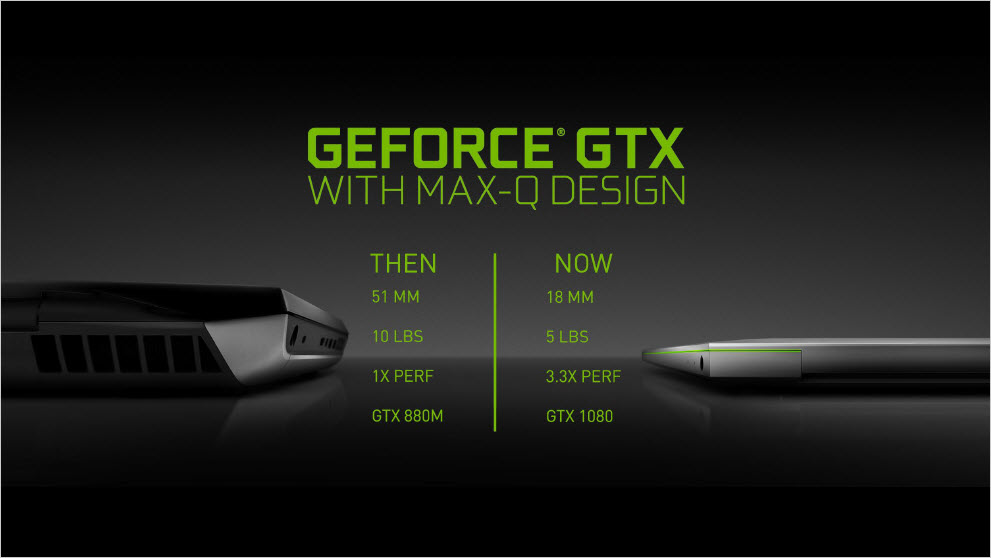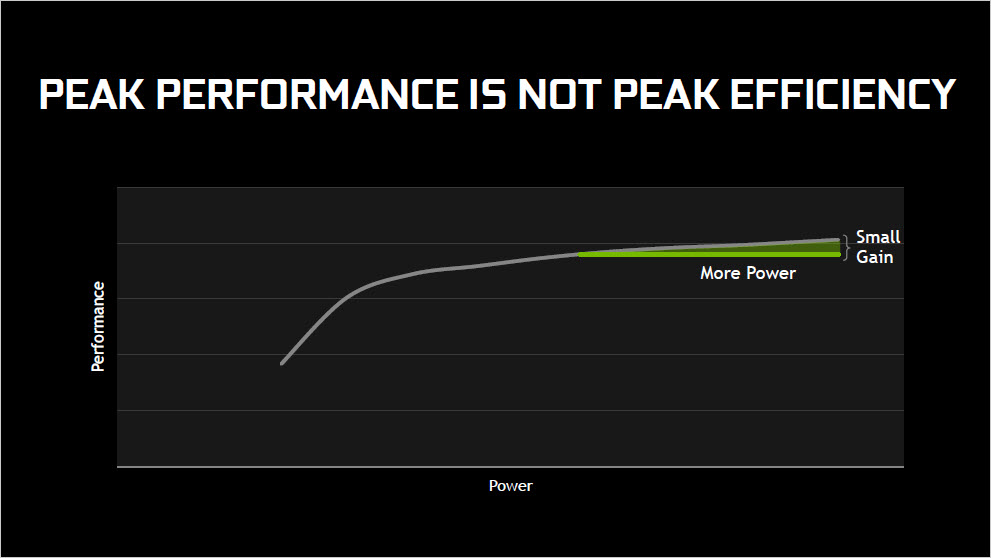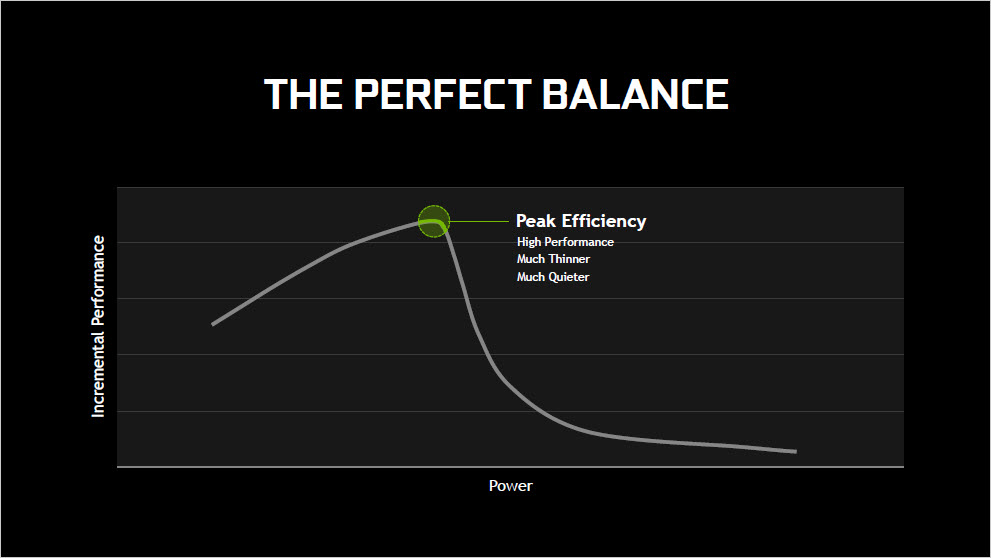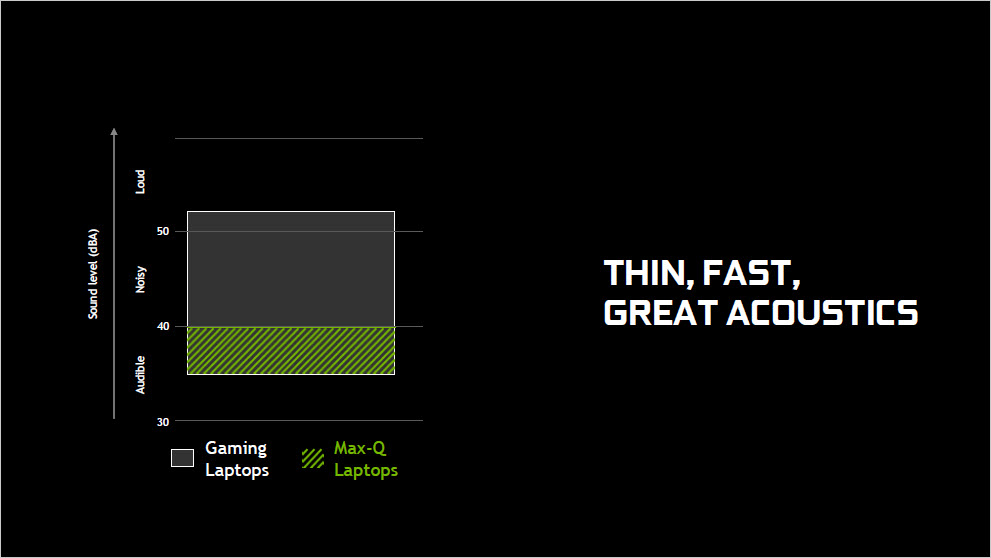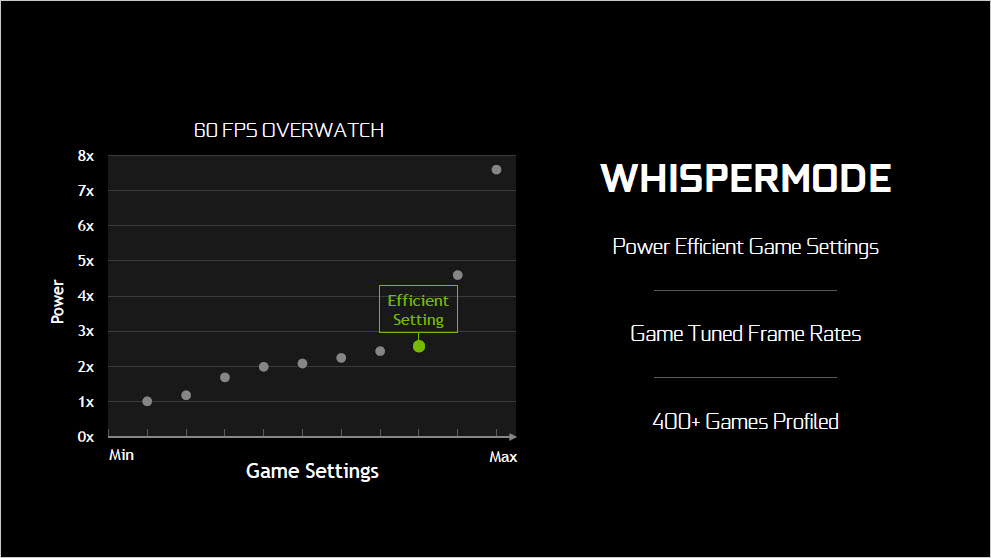A Closer Look at Nvidia Max-Q
Nvidia announced Max-Q during Computex in Taiwan this week, promising thinner and lighter laptops. It added an exclamation point by showcasing, in partnership with Asus, a gaming laptop called Zephyrus, which features a GeForce GTX 1080 GPU and Core i7-7700HQ CPU in a 17.9mm-thick package that weighs a mere five pounds. We’ve seen it up close, and it’s gorgeous.
The announcement was brief and short on details, leaving us wondering what sort of gimmick this might be, given that laptop manufacturers are always striving for thinner (18mm), lighter (5lbs), cooler systems. Max-Q, as it turns out, is a design approach that includes some changes to how the GPU performs, how games are configured, the way the laptop is cooled, and the efficiency of voltage regulators. Nvidia’s Max-Q product manager Mark Aevermann said that the company’s engineers, along with those of its partners, worked meticulously on every possible aspect of a gaming laptop system to maximize performance and efficiency. As a result, manufacturers can build systems into thinner and lighter packages without significant performance degradation. But make no mistake: performance is still dictated by the design targets.
During our meetings at Computex, we did see one particular Max-Q system from Gigabyte that was about 23mm thick, giving us pause about how tightly Nvidia will insist that OEMs adhere to the design maximums.
Before we dive in deeper, it’s useful to take a quick gander at where we are today. Nvidia had, sitting next to the whisker-thin Zephyrus, a caricature of a modern gaming laptop, which had to have been 3” thick. I thought I saw the table sagging beneath it. But not all gaming laptops are monsters. Taking a look through Best Gaming Laptops, we do find a few systems with stealth appeal. The thinnest and lightest seems to be MSI's aptly named Stealth Pro, which is .69” thick and weighs less than 4lbs. That’s about the same ballpark as Asus' Zephyrus, except that the Stealth Pro sports a GeForce GTX 1060. It also only sets you back $1,449.
On the other end of the spectrum, there’s the MSI Titan Pro, with its GeForce GTX 1080 housed in a 2.5”-thick package that weighs more than 8.5lbs. It also costs over $3,500. We understand the 1080-based version of Asus' Zephyrus will run about $2,700.
One of the more aesthetically pleasing laptops we’ve tested is EVGA’s SC17. But that machine weighs more than 9lbs and is over an inch thick. For your tolerance of its heft and slower GeForce GTX 1070, you can expect to pay a modest $2,200. That's also what we’re led to believe the 1070-based version of the Zephyrus will cost.
Sure enough, the interest in gaming laptops continues to increase. We've tested dozens of them over the past nine months, and have made a handful of observations about them. First, there are only so many combinations of CPUs, GPUs, SSDs, and displays that go together. This can make differentiation difficult in any given form factor. Consequently, much of the differentiation happens at the design level, ranging from light and understated to roaring fan grilles and RGB accents. Third, the other major area of differentiation is in how the manufacturers choose to cool these squished desktops.
Get Tom's Hardware's best news and in-depth reviews, straight to your inbox.
For example, during this year's Computex, MSI introduced a handful of gaming laptops, and one of them--an updated version of the Titan--includes a new fan blade design to go with its four exhaust vents. In addition, the system incorporates no fewer than 12 heat pipes.
In other words, we’re seeing some extremely radical, increasingly complex, and likely expensive cooling solutions emerge. This will not cease with Max-Q because manufacturers will always want to deliver as much performance as possible, and that demands effective cooling. Anyone remember the Asus liquid-cooled gaming laptop? That was just last year.
The main idea behind Max-Q is that Nvidia and its laptop manufacturing partners have identified system parameters that put a bulls-eye on peak efficiency, and worked to squeeze out every last drop of performance at the top of that efficiency curve. A thin-and-light laptop might be designed to handle 90W of power, so Nvidia worked to optimize its behavior at every point from idle to maxed-out.
GPUs are naturally designed to operate within a power envelope. But as with so many things, the last few percentage points are often the most challenging to achieve. If a GeForce GTX 1080 hits 150W at peak performance, Nvidia claims to have reached within 10-15% of that ceiling in a 90W profile using Max-Q, yielding a 50% efficiency improvement, according to Nvidia’s Aevermann. Put differently, that last 10-15% typically costs about 60W. So, the 90W mark is what Nvidia defines as its efficiency peak.
One of the aspects of Max-Q that Nvidia put a great deal of engineering resources behind was the electrical design. Specifically, the company wanted to optimize the efficiency of its voltage regulators. Aevermann said that a typical input efficiency at 90W would be 80%, meaning you’re losing some 20% of that power to waste heat. Any improvement means more of the power budget is actually providing a real performance increase. We’re talking low single-digit percentages here, but it's all part of squeezing every ounce from wherever you can find it.
Nvidia provides an actual electrical reference spec for the graphics subsystem, down to the FETs used, and how components are laid out. The manufacturer is ultimately responsible for its design, but the Max-Q parameters provide the checks the OEMs must meet on thermals and acoustics to receive approval.
Yes, acoustics play a role here. Aevermann said that most gaming laptops output between 36-52 dB(A), but that Max-Q specifies (or imposes) a <40 dB ceiling. Nvidia has a gaming workload, which it wouldn't detail for us, that provides an abundant amount of CPU/GPU stress. It tests the hardware using ISO 779-standard methods. Yes, Nvidia does all of the testing, giving laptops a pass/fail. According to Aevermann, the process with Asus' Zephyrus resulted in lots of retries.
In addition, starting in mid-to-late June, you’ll see a new Whisper Mode in GeForce Experience. This mode will be applicable to all laptops using Pascal-based GPUs. It essentially puts a frame rate cap on games to achieve a certain level of acoustics. This isn’t a global approach to games; Nvidia studied how people configure games, so depending on the type of game and detail setting/performance trade-off, you’ll see a different frame rate cap on a per-game basis. Overwatch will be limited to 60 FPS, whereas The Witcher 3 will see that cap fall to 40 FPS, for example.
The per-game approach doesn’t just apply to acoustics. Nvidia also weaves this into Max-Q in that the company studied and profiled hundreds of games based on their power consumption, including the power cost of individual quality settings. The price you pay for a given feature changes for each game, whether it's a rendering technology, texture filtering approach, or type of anti-aliasing. The company uses massive hardware farms (in Russia, among other places) to determine the most efficient game settings for GPU and CPU combos for more than 400 games.
There are other aspects of Max-Q as well, many of which Nvidia will not share. But the company is obviously working with its OEMs at the BIOS and driver levels, messing around with things like clock controllers, and load balancing between the CPU and GPU based on metrics like fan speed, for example. The company claims there are hundreds, if not thousands of tuning parameters that are part of the Max-Q efforts.
We’ll be seeing the first systems later this month. There will be a Clevo P950 that uses a GTX 1070 and measures about 19mm thick. There will be an MSI GS63 with a 1070 measuring 18mm thick. And of course we'll see the Asus Zephyrus armed with GeForce GTX 1080 and 1070 modules.



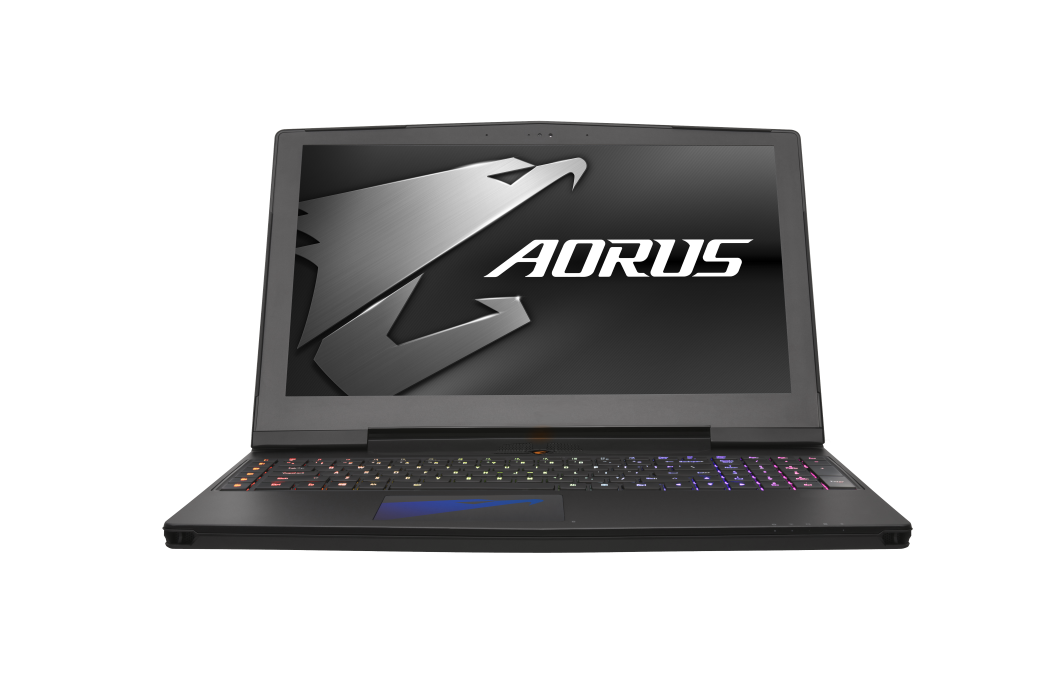
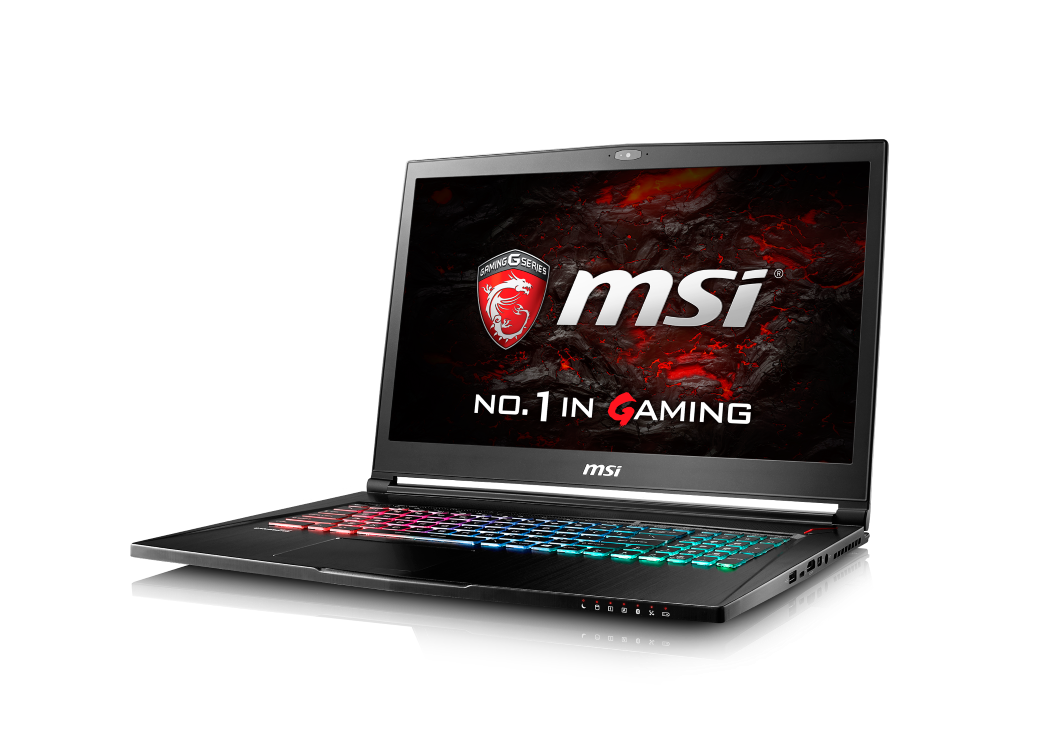

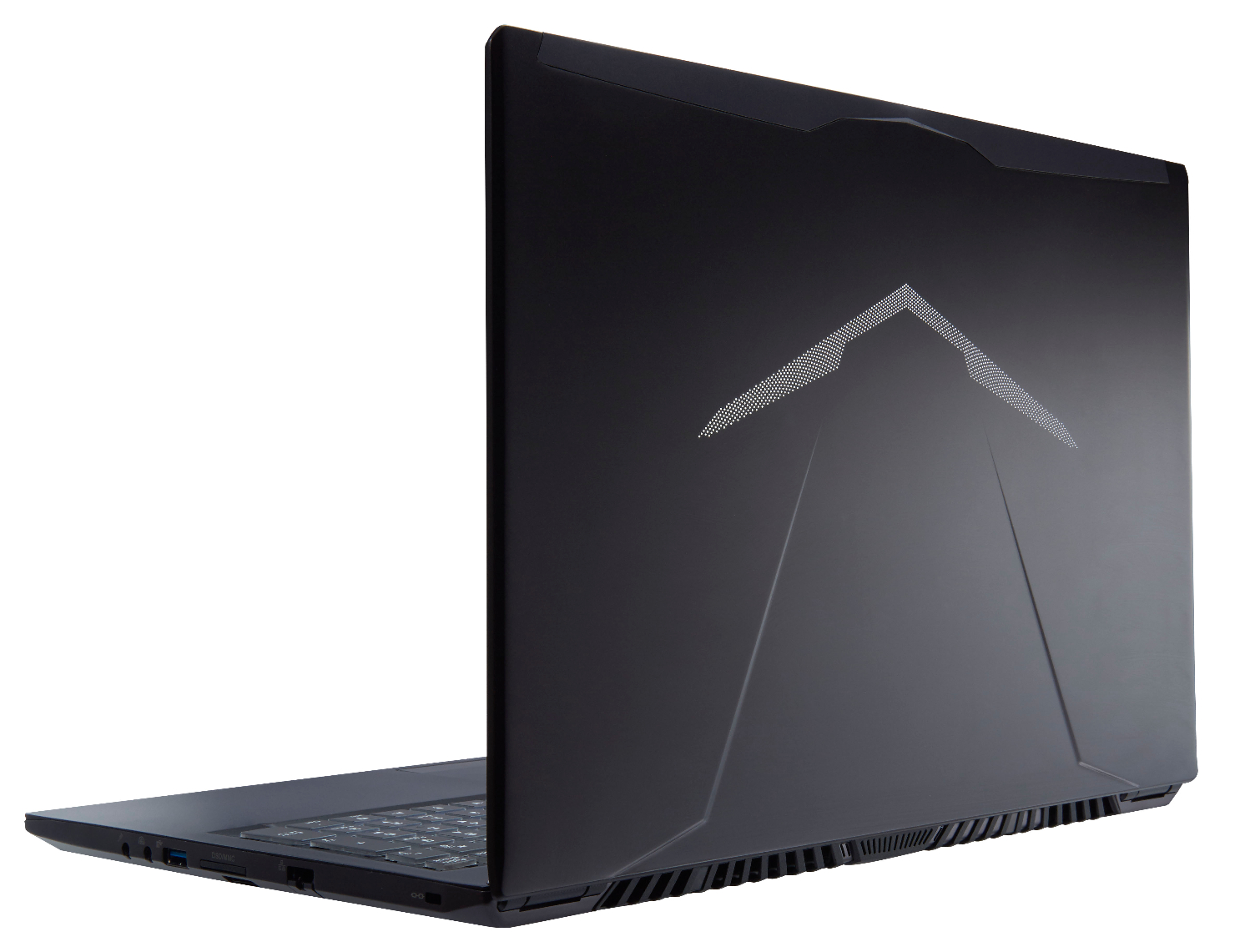
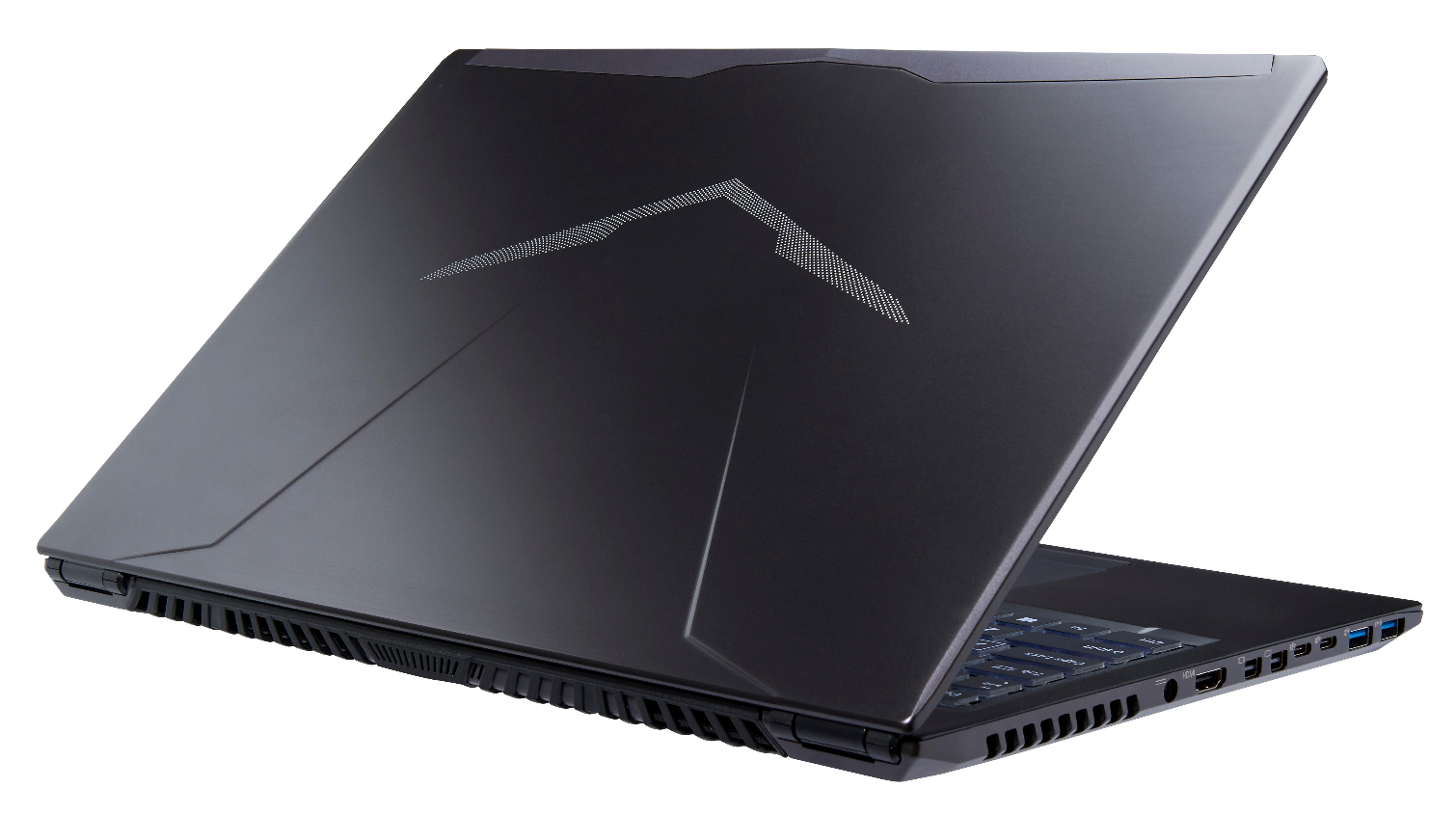
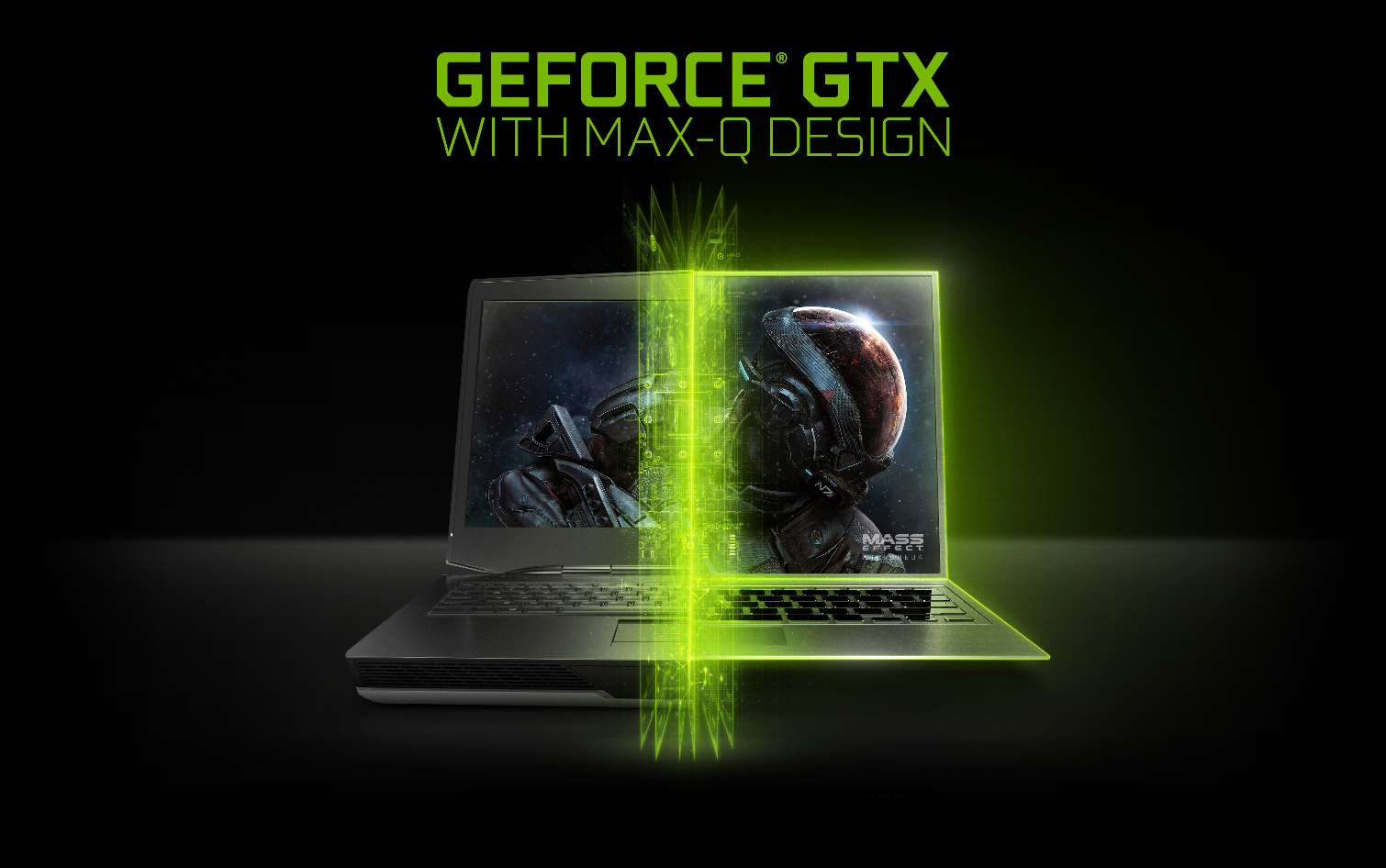
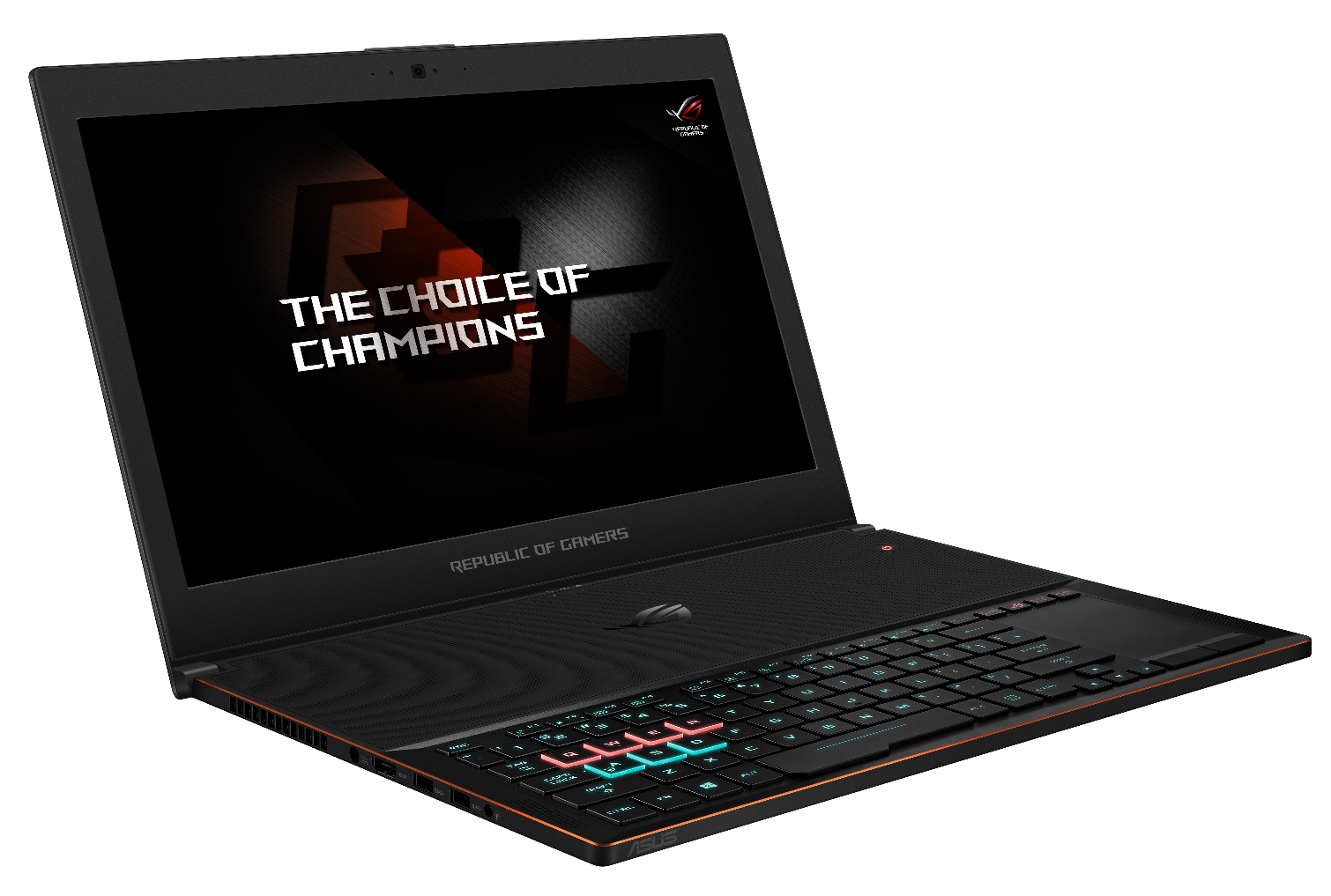
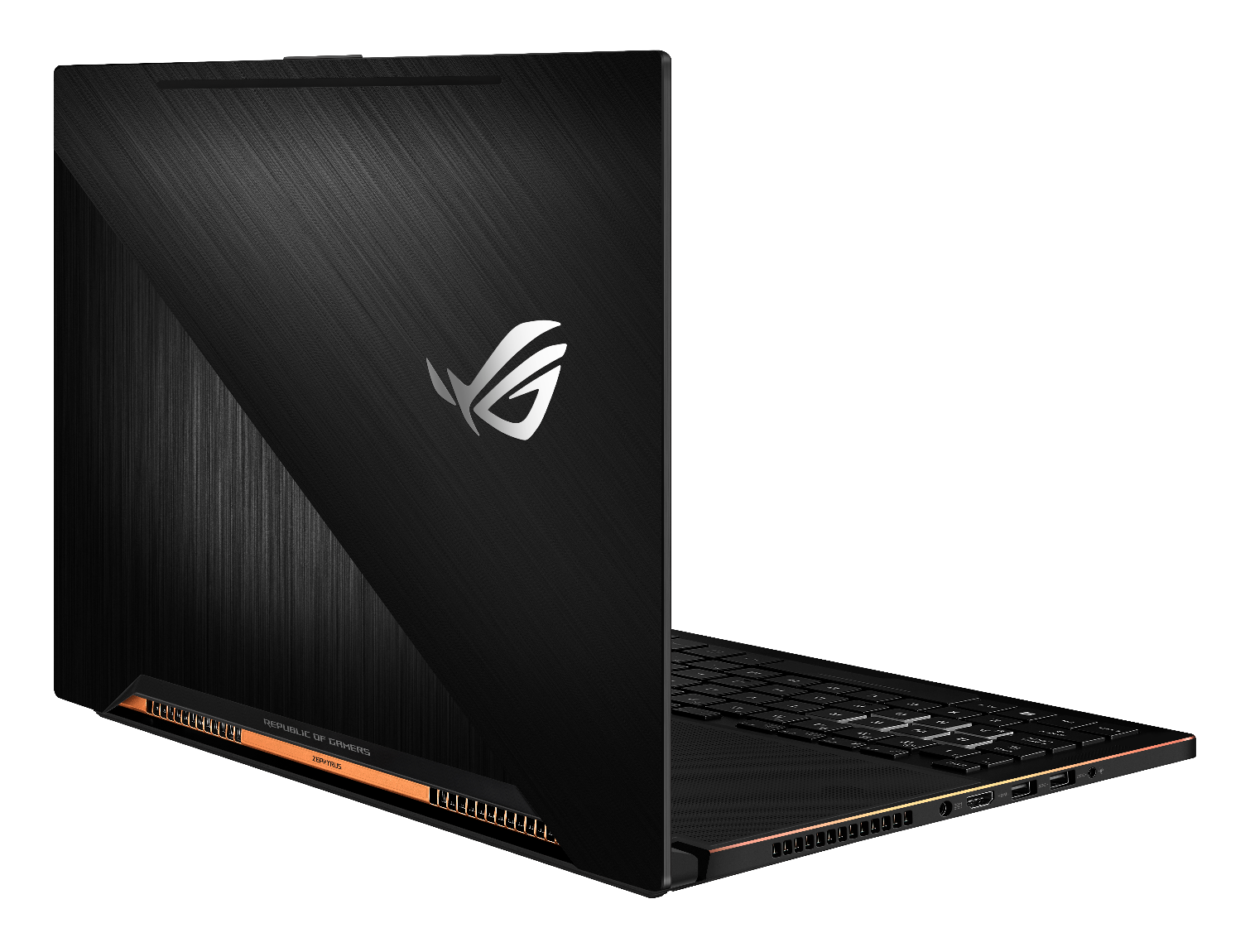
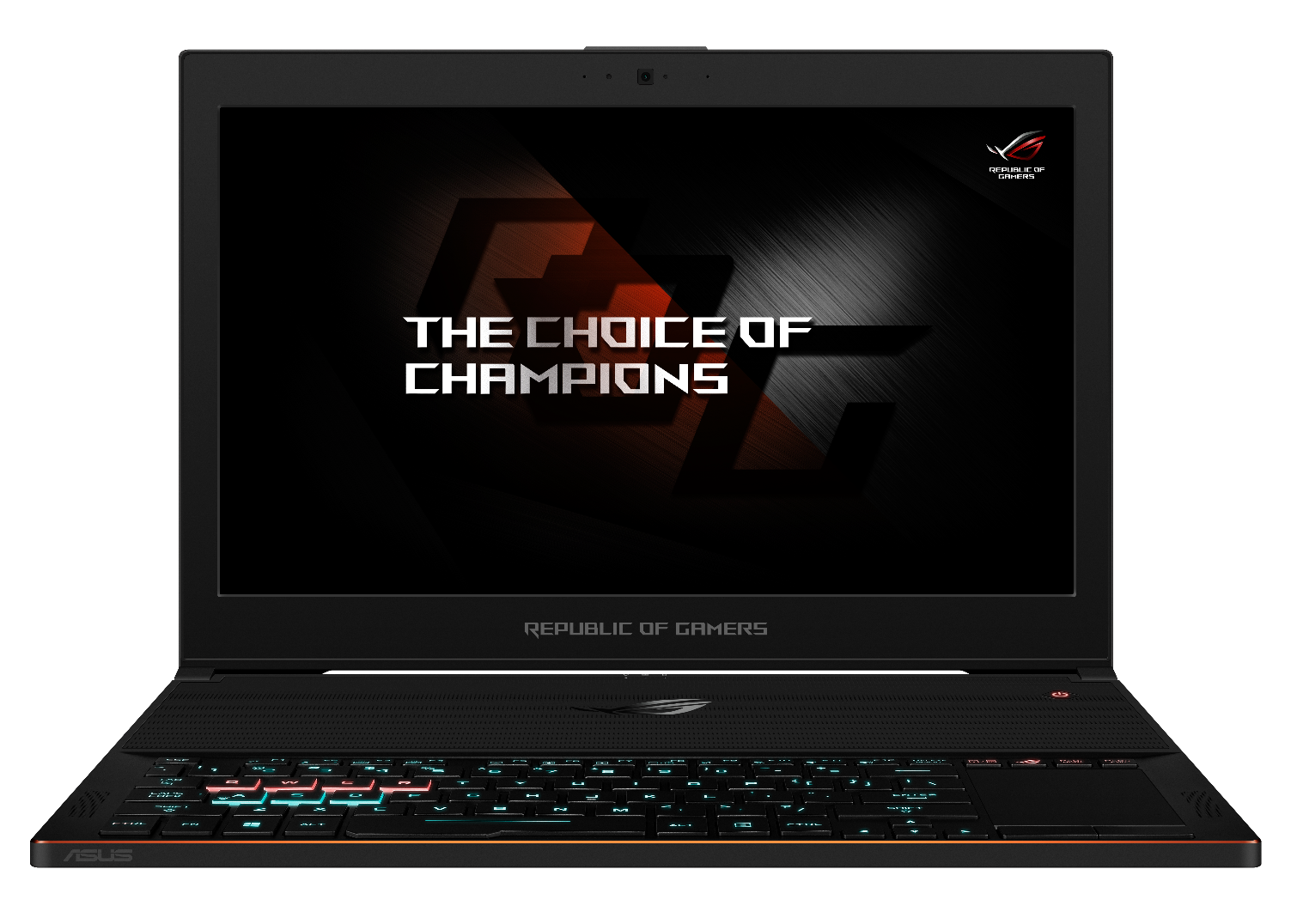
Nvidia had the latter on hand, and interestingly, when the laptop is opened, its hinge exposes an air intake around the components in the chassis. The top of the laptop above the keyboard (yes, the keyboard sits where there's typically a trackpad and surrounding areas) is a massive surface with tiny holes for more air intake. All of this ventilation reduces the inlet pressure so that air flows more easily, according to Aevermann. And then of course, there are two fans and a couple of exhaust outlets. Aevermann said the Asus engineers were flying to Nvidia's headquarters on a monthly basis to perfect this, and the Nvidia drivers have hooks that interact with Asus' fan table. These, Aevermann said, are steps far beyond what the company has ever taken on this sort of partnership.
One industry source with knowledge of the Max-Q process indicated that not all OEM interactions are this strenuous. That is, there is work that must take place between Nvidia and the OEM, but that engineering team gatherings aren't always commonplace.
Lest you believe, as we initially suspected, that the Max-Q program is a way for Nvidia to trade its stamp of approval for money, the company assures us this isn't the case. In the end, Aevermann said, Nvidia is selling the same GPUs. He admitted that this process is expensive from an engineering perspective, but he doesn’t expect a cost differential based on the Max-Q program. We’ll know for sure soon enough. Also, you'll get anywhere from 10-20% more performance, potentially, from non Max-Q platforms, and Nvidia readily admits this. Just as we've discovered in our own testing, however, performance and thermal characteristics, as well as size and aesthetics, are all variable. Given the look of systems from Clevo, MSI, and Asus, the trade-offs will certainly give you great pause.
We’ll be putting these systems to the test soon enough, and Nvidia promises we’ll see systems from other OEMs, including Acer, Gigabyte, HP, and Dell.
-
TechyInAZ This will most certainly fix the problems with our current top end ultra slim gaming notebooks in the thermal and acoustics department. Finally we have a solution to this problem.Reply -
JackNaylorPE I just don't understand the fascination with thin (and LEDs). I have seen way to many ben and damaged phones ... I don't see the attraction that sacrificed thinness for battery life. I used to charge my Treo 650 (best smartphone I have ever owned) once a week. I dropped it when out running in the snow and found it by stepping on it 3 hours into my search ... was fine. I used it as my primary device for everything mobile for 6 years and no, never changed the battery.Reply
With 6 smartphones in the household today, no one can get thru a single day. When replacing a cracked screen on one, thought might as well get a new battery and regretted not doing so as within 2 months it stared going shutting off at 35% battery life.
The lack of thermal problems and getting mobile GPU performance up close to that of desktops on notebooks is mostly attributed to the massive improvements in efficiency of nVidia's GPUs. The big problem with slim notebooks is, if you are going to use that GFX power, there is still no escaping what that power does to battery life. I still can't jump on the train in the suburbs and commute to NYC running AutoCAD w/o having a dead battery before I get there... and that's with a whopping huge battery that certainly won't fit in a slim line notebook. -
eyupo92 What is ISO 779 ? Google says its a defunct standard .Reply
"ISO 779:2005 specifies the procedure for the determination of acid-soluble iron by atomic absorption spectrometry or by plasma emission spectrometry.
It is applicable to all kinds of paper, board and pulp."
https://www.iso.org/standard/41589.html -
BulkZerker "how games are configured"Reply
So like, everything g is tested on one hardware configuration and optimizations are made for that? Sounds like a great idea. Sony? MS? You guys up for this? Oh, you already do? for decades you say?!
Nothing bad could come of this, I'm all for it
*sarcasm intensifies* -
anbello262 I think this is something great, that should have existed for a long time. This will finally make for some really nice high end laptops.Reply -
outlw6669 Reply19762514 said:What is ISO 779 ? Google says its a defunct standard .
"ISO 779:2005 specifies the procedure for the determination of acid-soluble iron by atomic absorption spectrometry or by plasma emission spectrometry.
It is applicable to all kinds of paper, board and pulp."
https://www.iso.org/standard/41589.html
Yeah, that really shoud be ISO 7779:2010 Acoustics -- Measurement of airborne noise emitted by information technology and telecommunications equipment.
Probably just a typo.
https://www.iso.org/standard/54363.html?browse=tc -
alextheblue Reply19762371 said:This will most certainly fix the problems with our current top end ultra slim gaming notebooks in the thermal and acoustics department. Finally we have a solution to this problem.
It's software frame limits (frame targets) and (reduced) power targets. It's marketing at it's finest! The difference is now Nvidia is planning on muscling manufacturers to stick within a range of specs. Probably through "pricing adjustments" for those who do not comply.
The good news for those who want a serious gaming laptop is that this probably won't affect boutique builders. -
Drakan Yep, if 60fps was good enough for any competitive game I guess it would be interesting.Reply
They should have put any other game but overwatch as an example.
